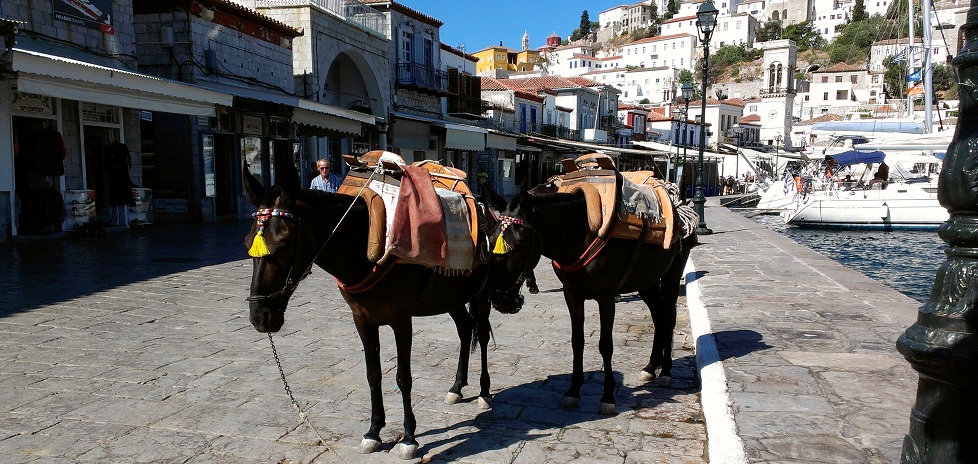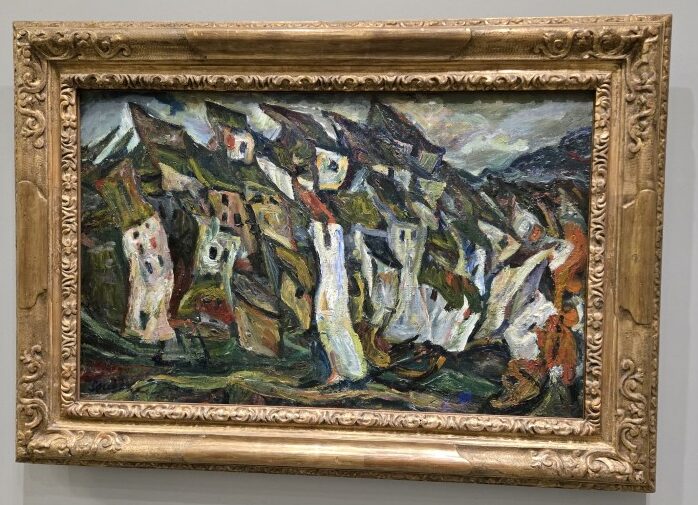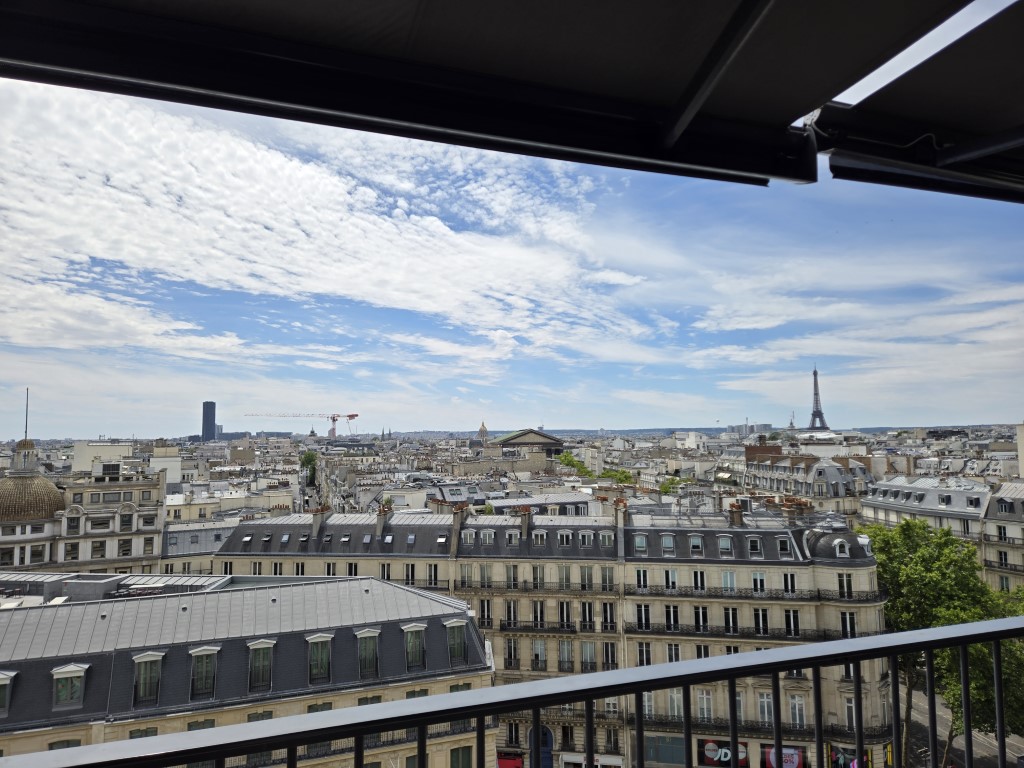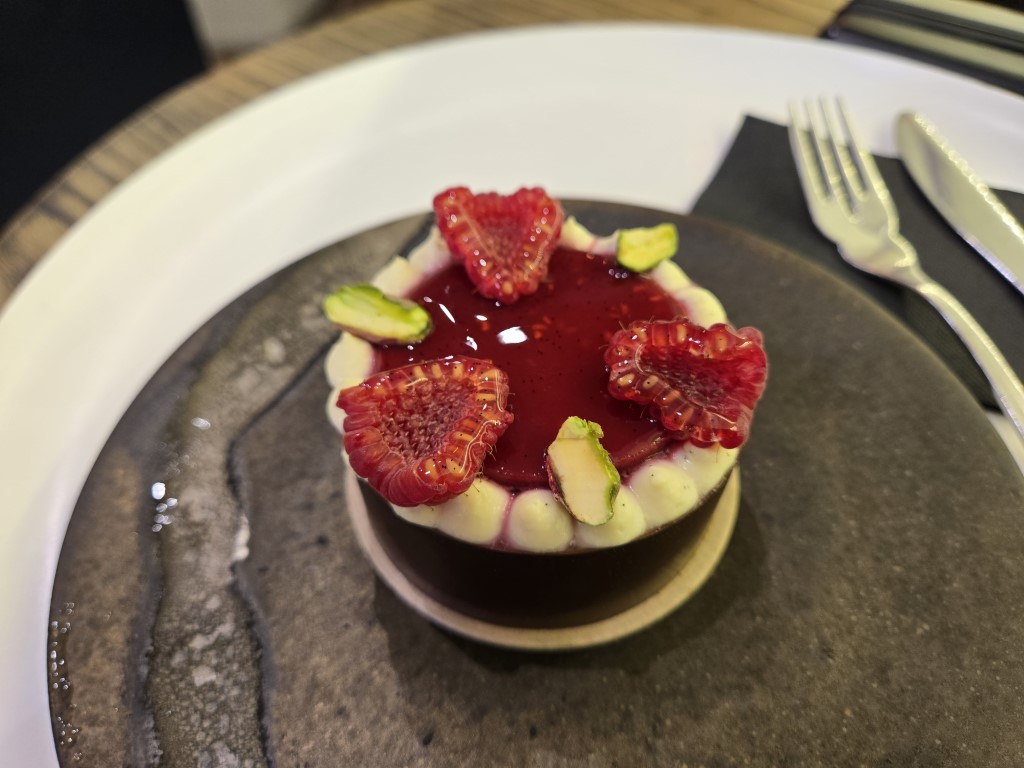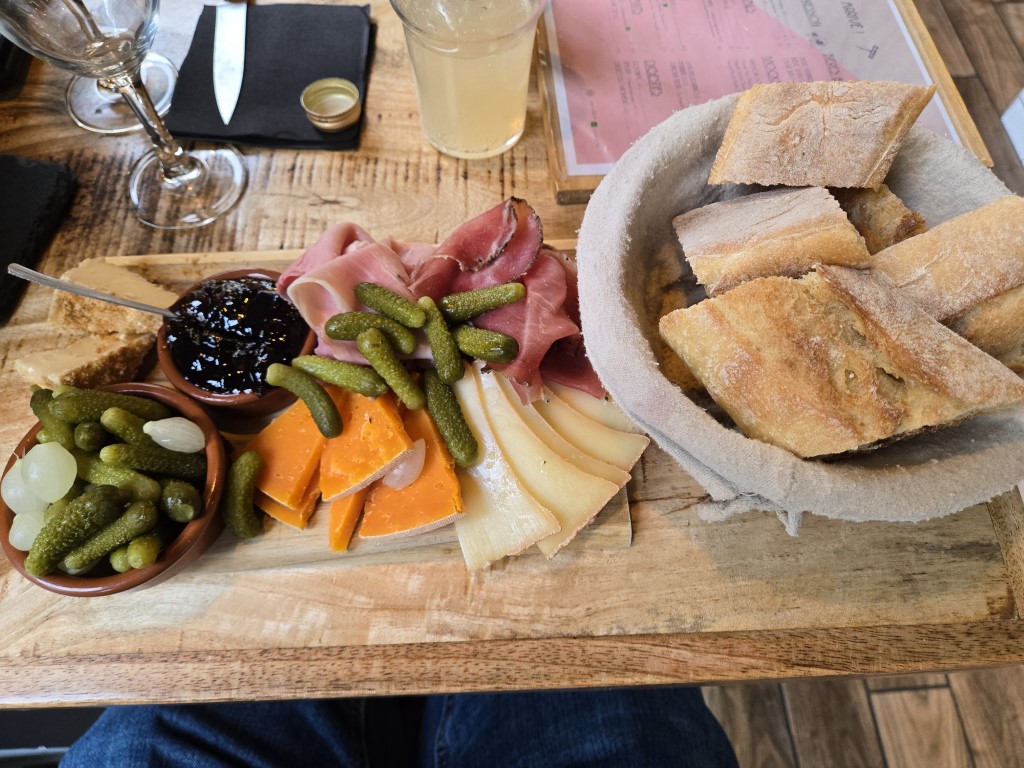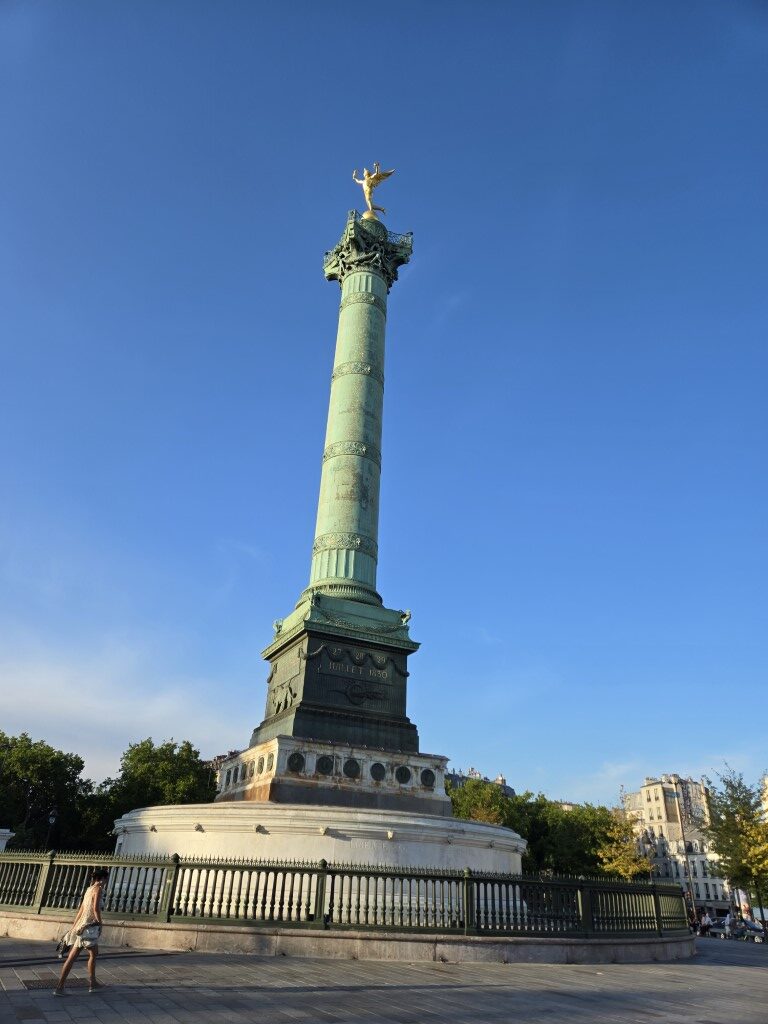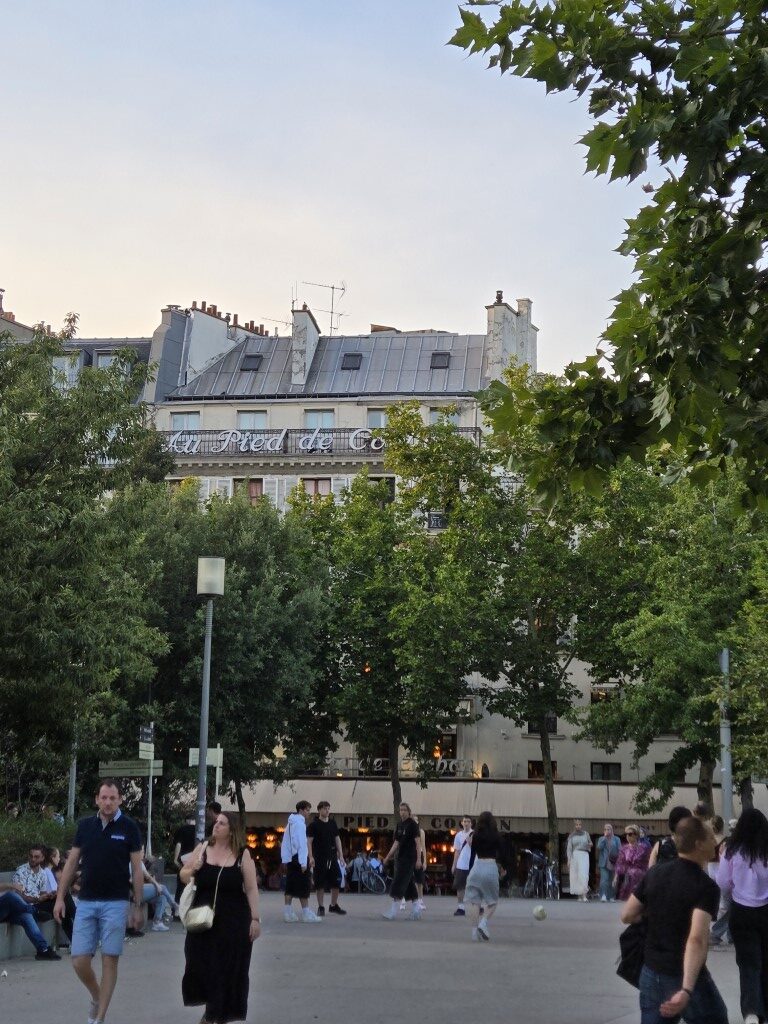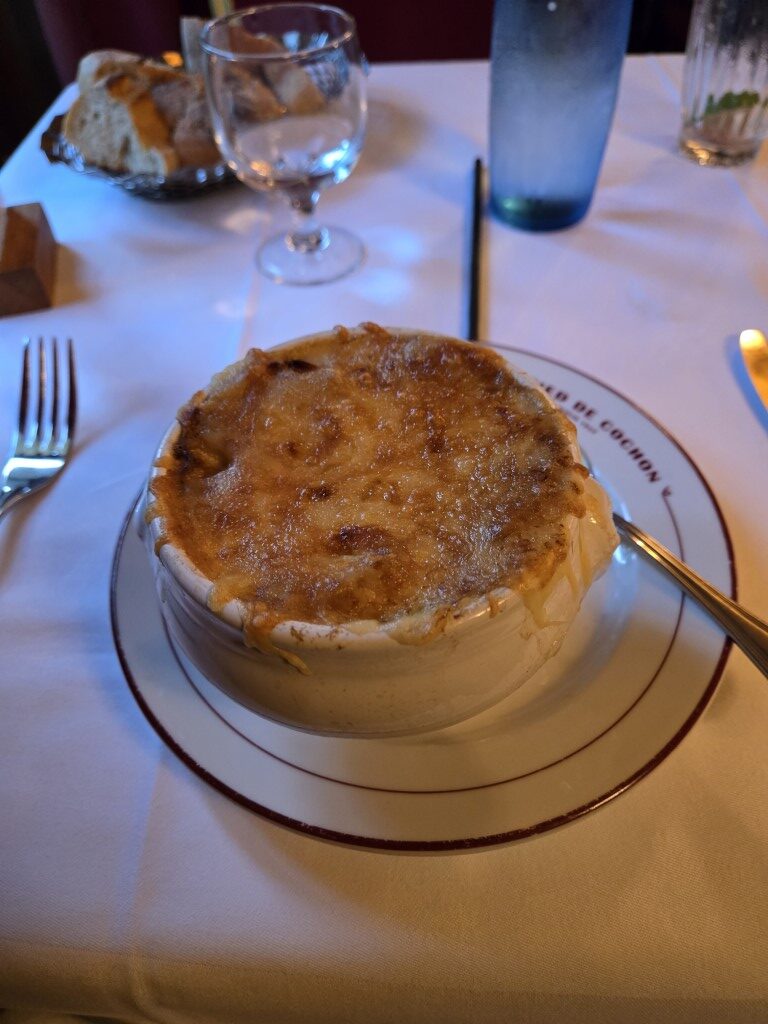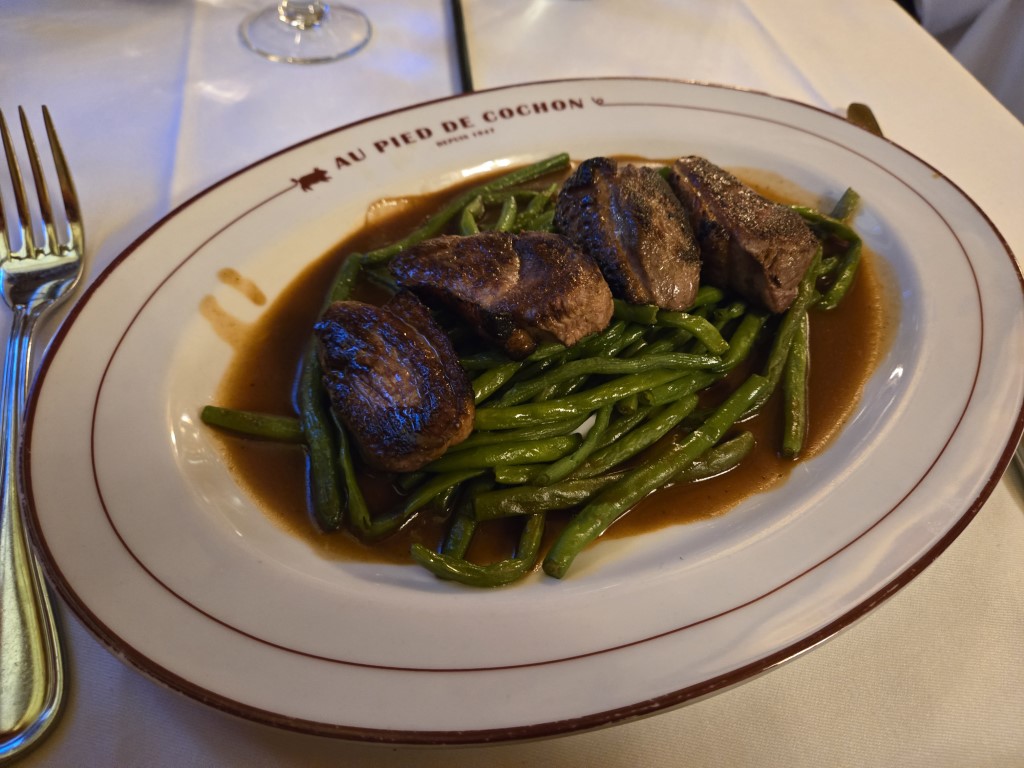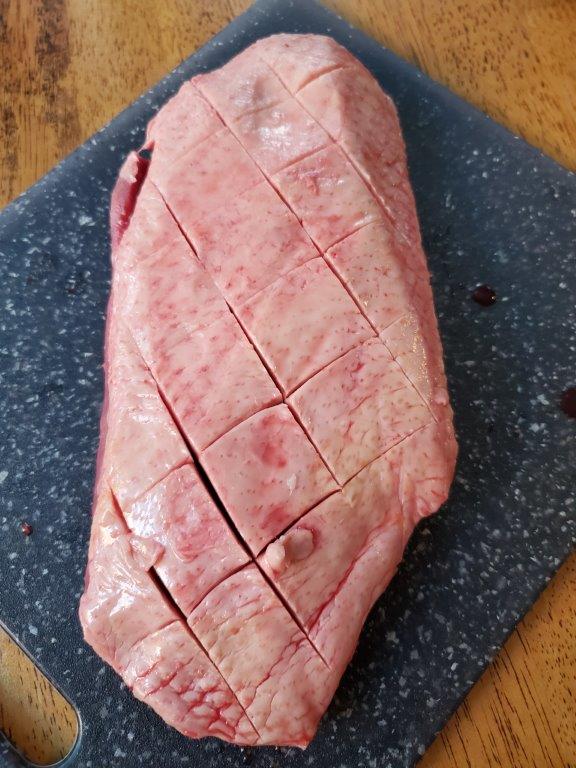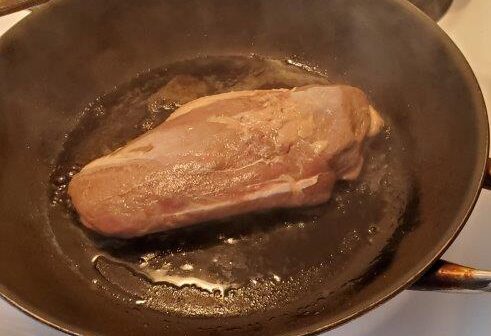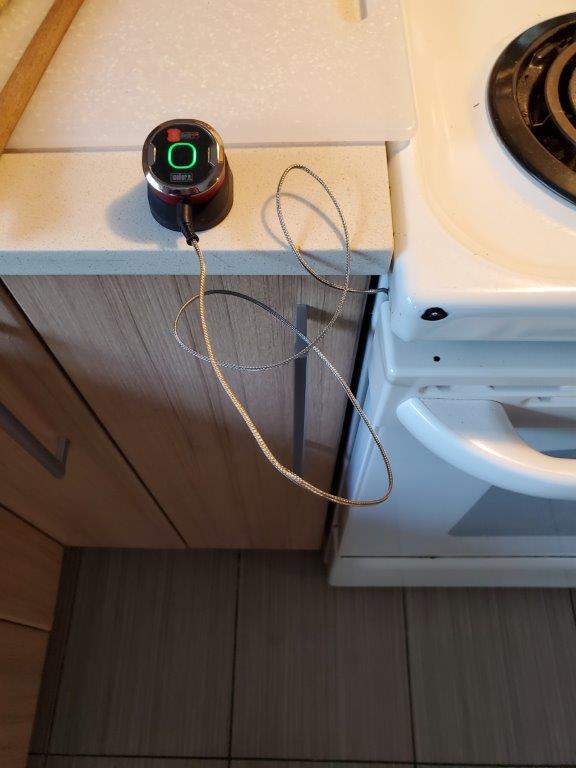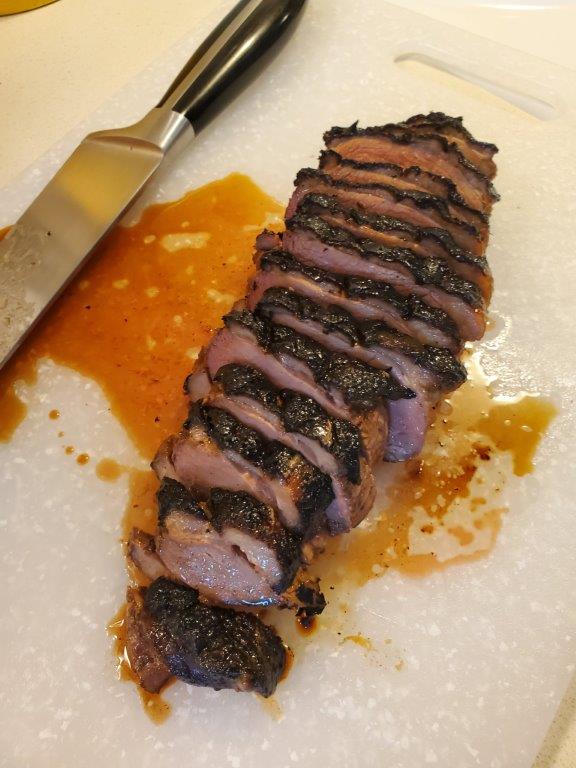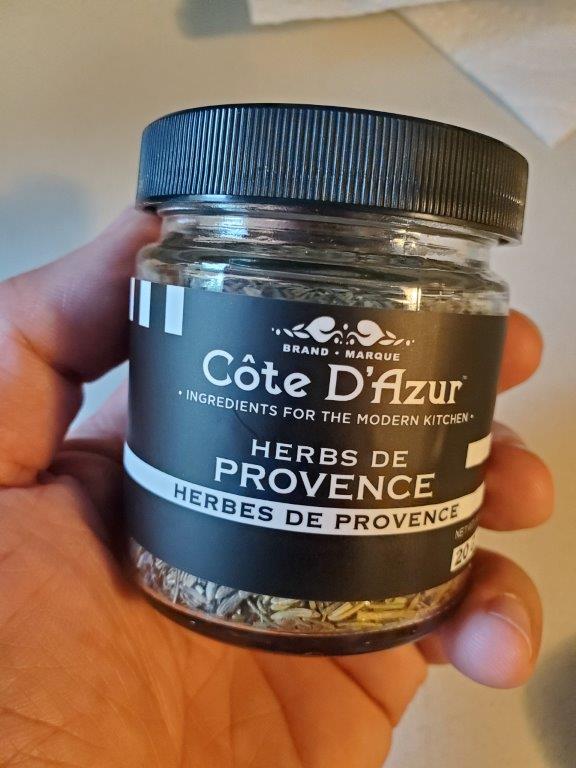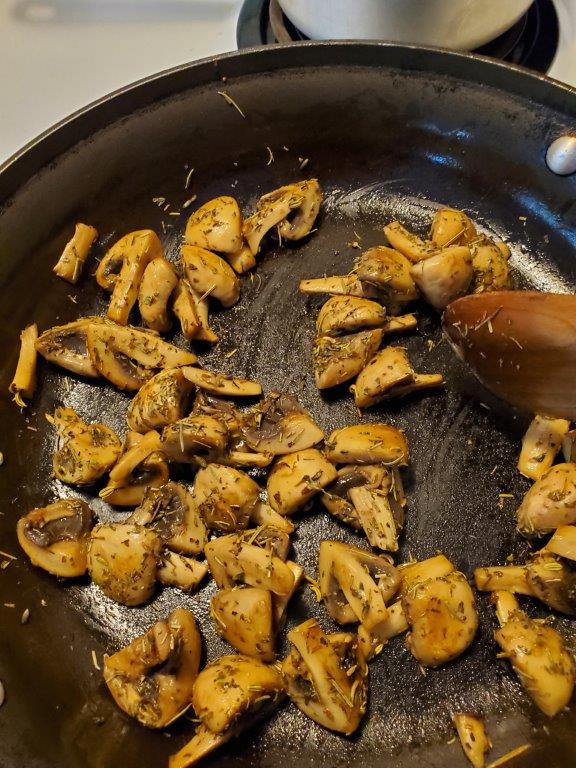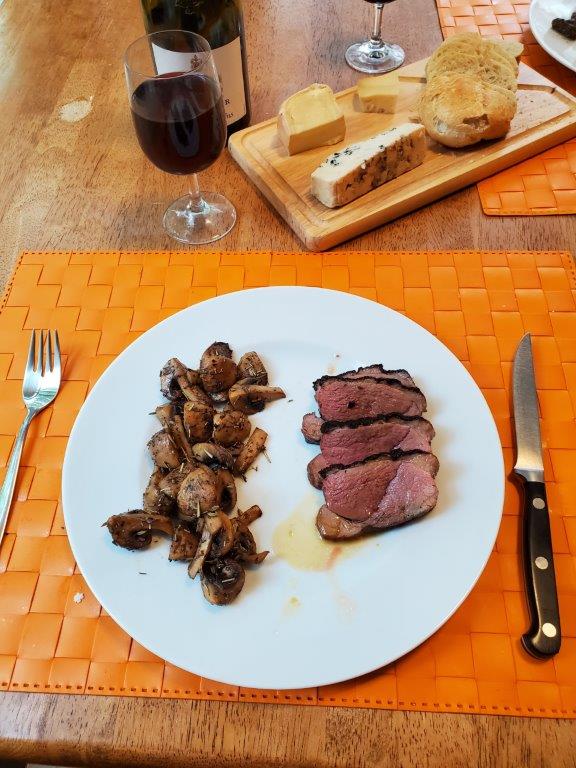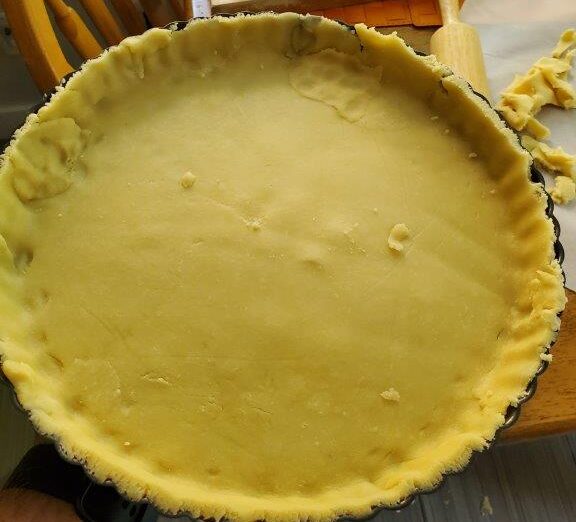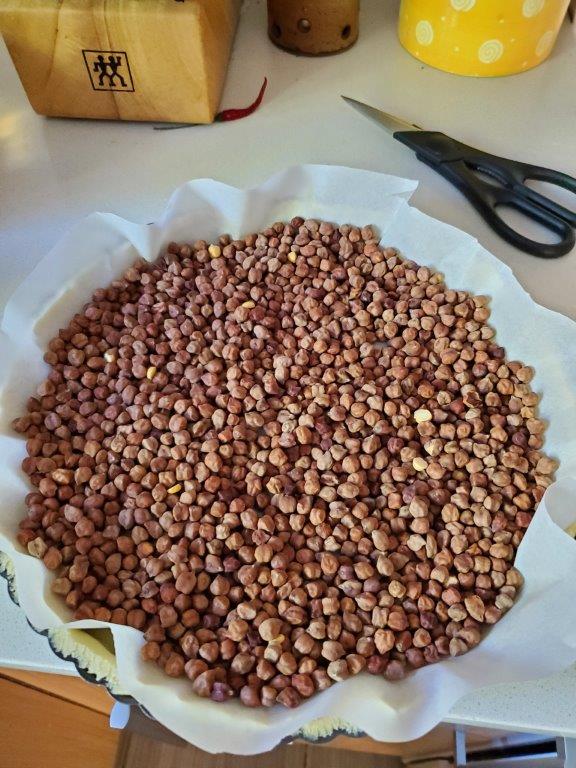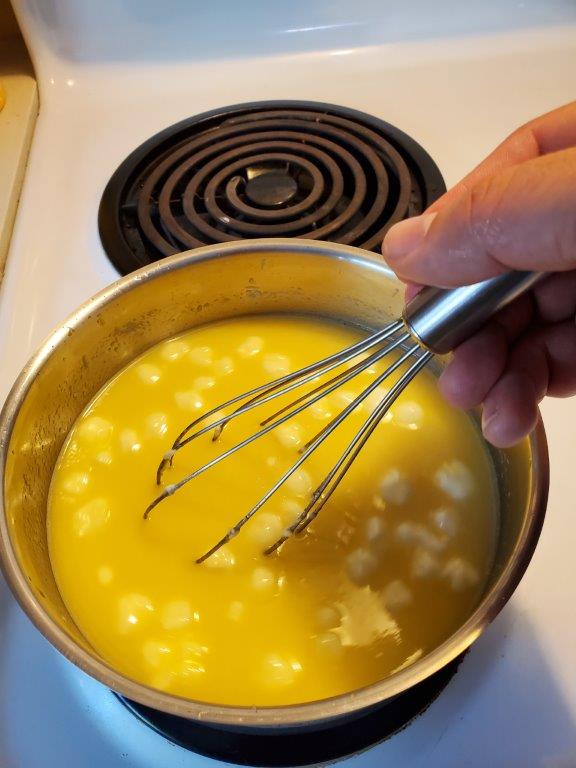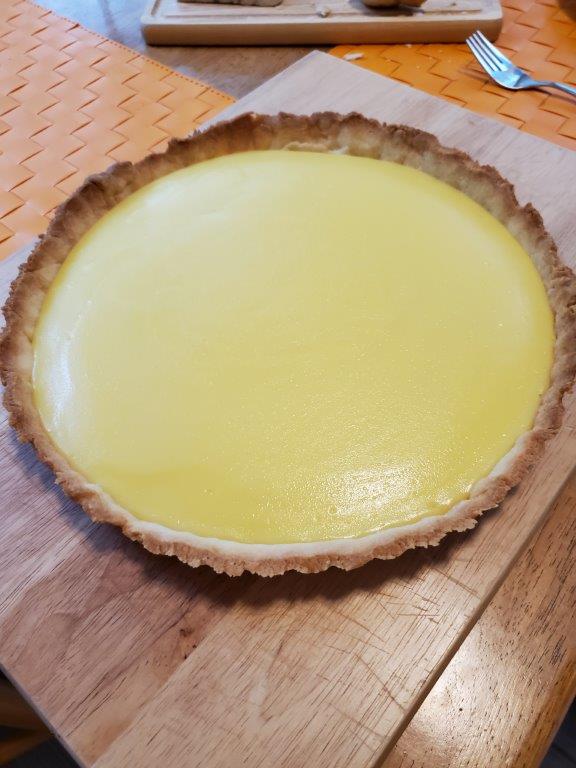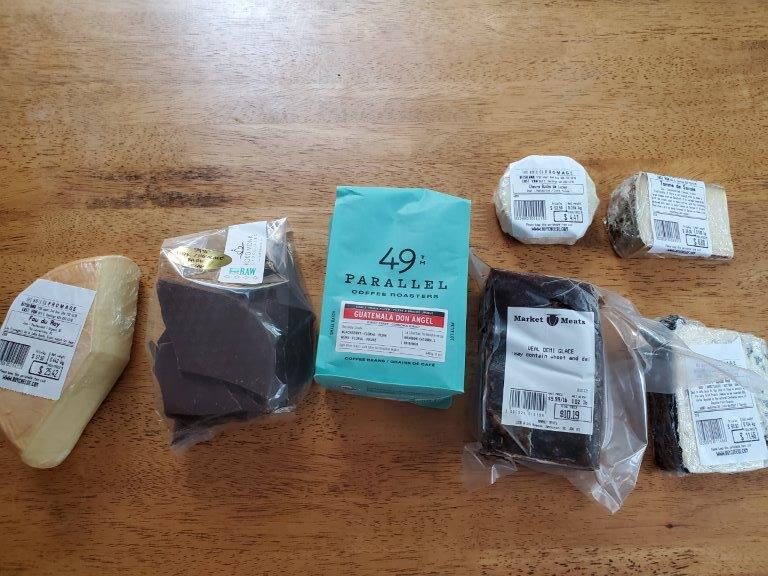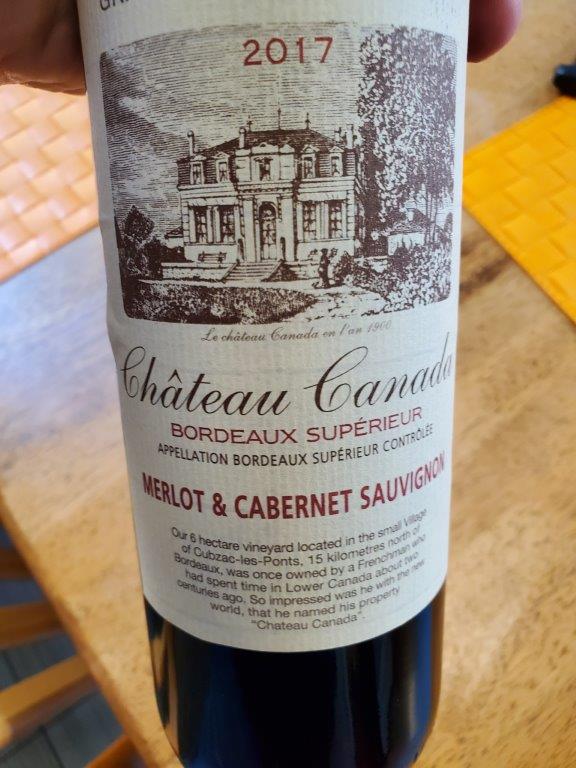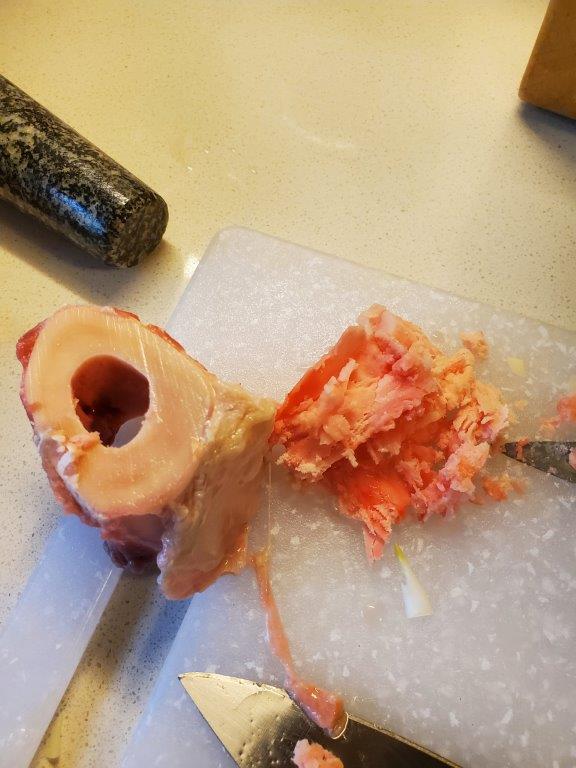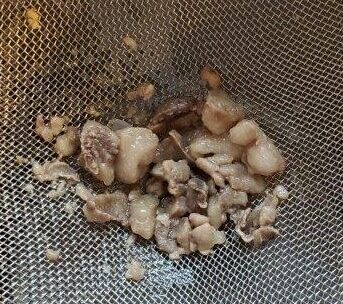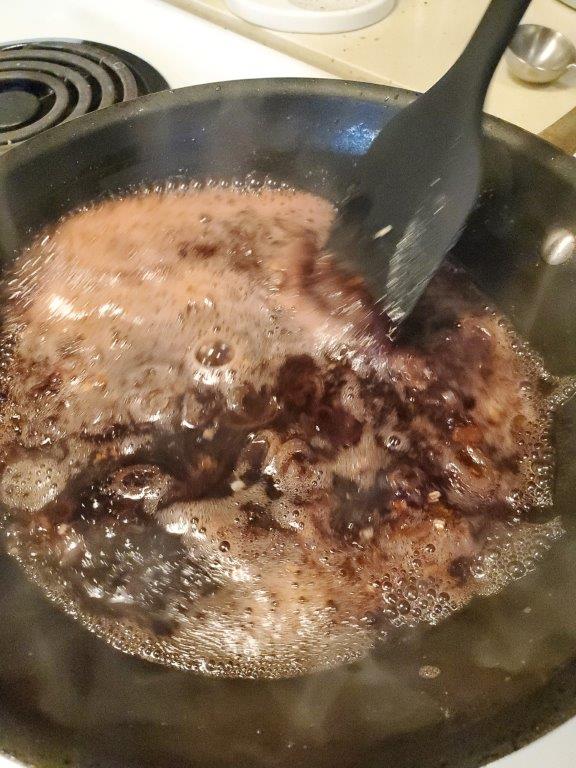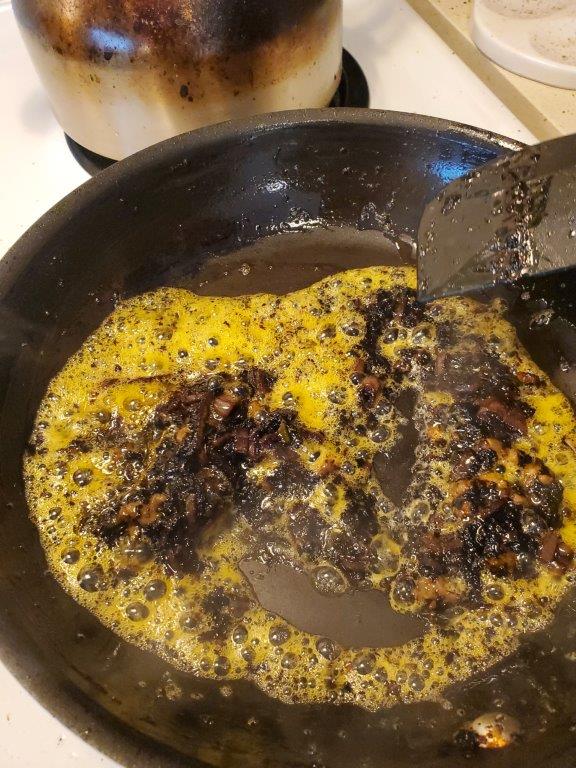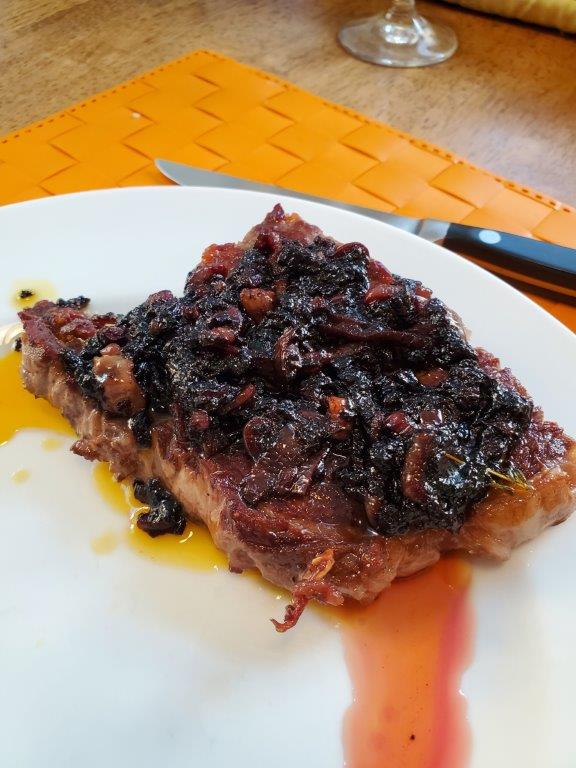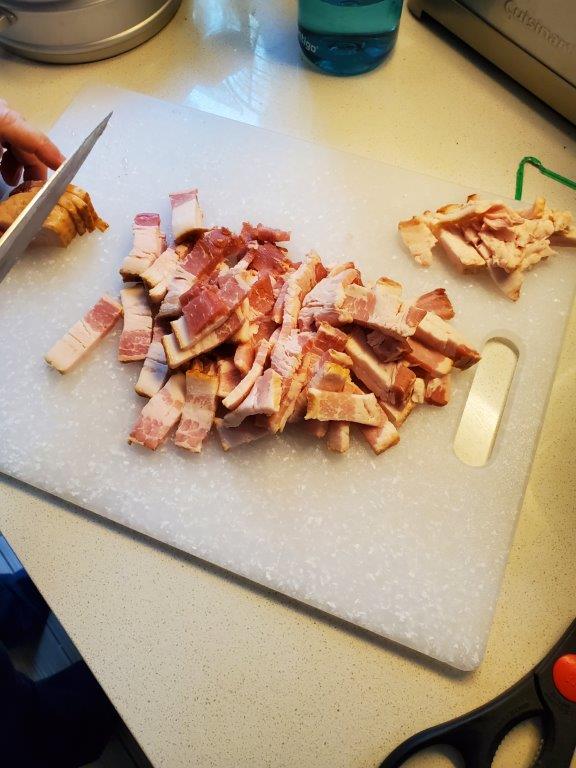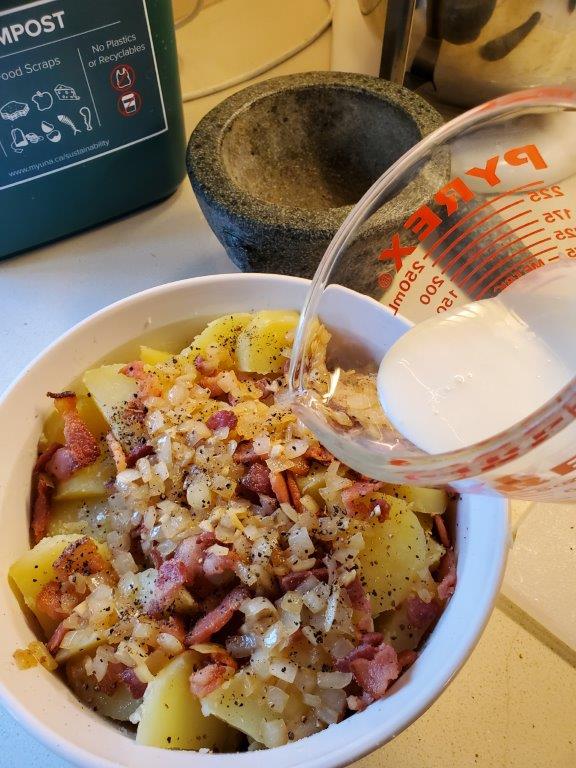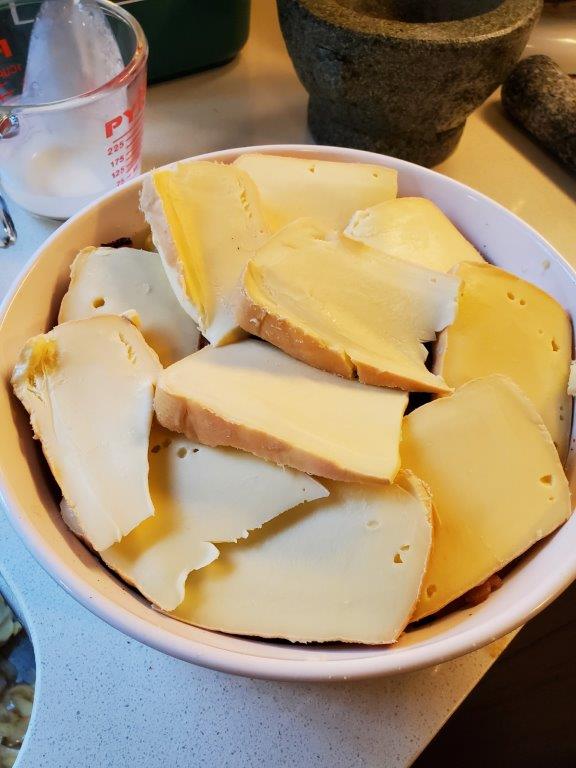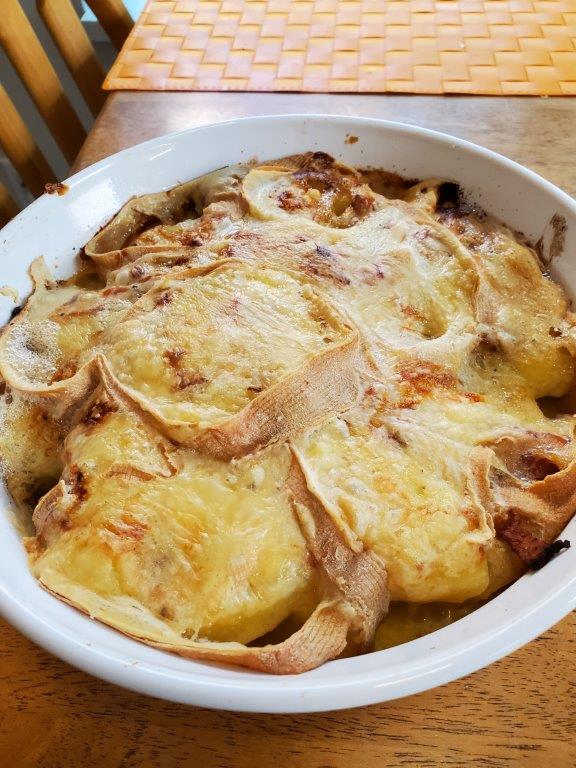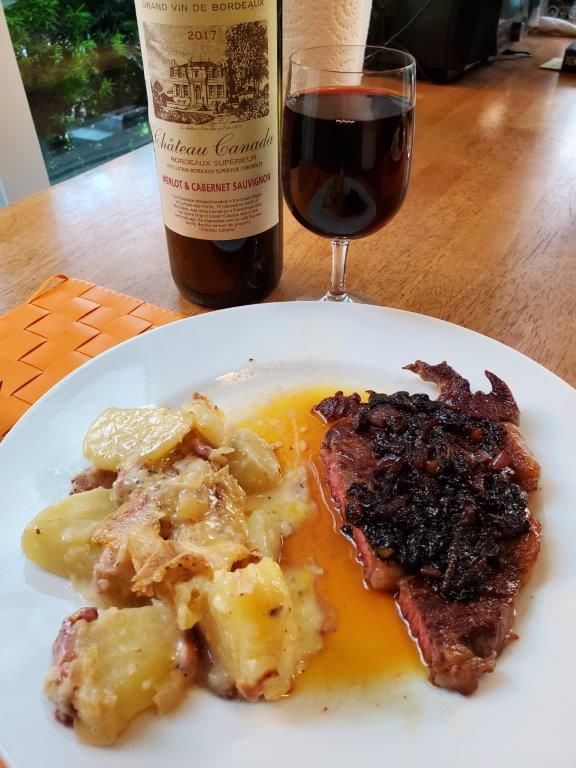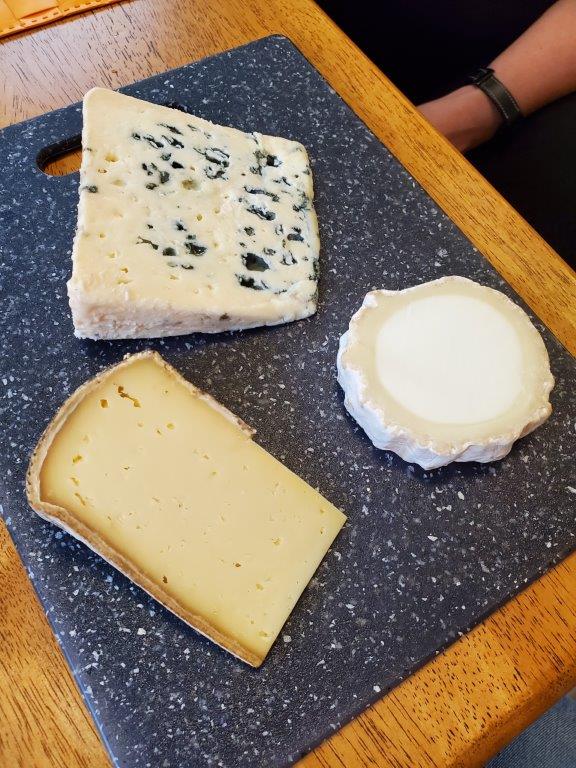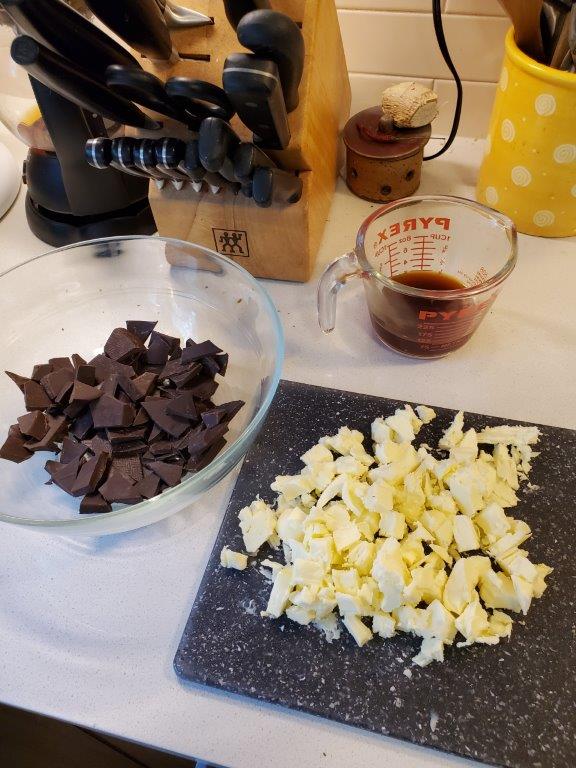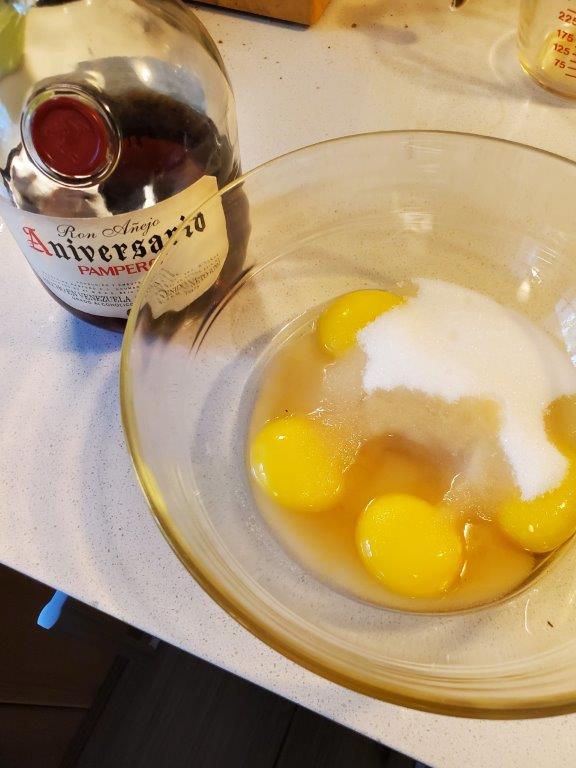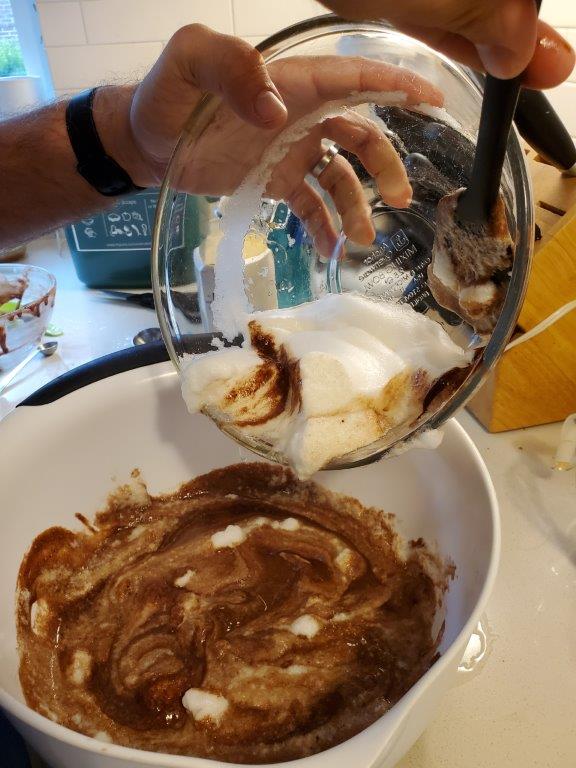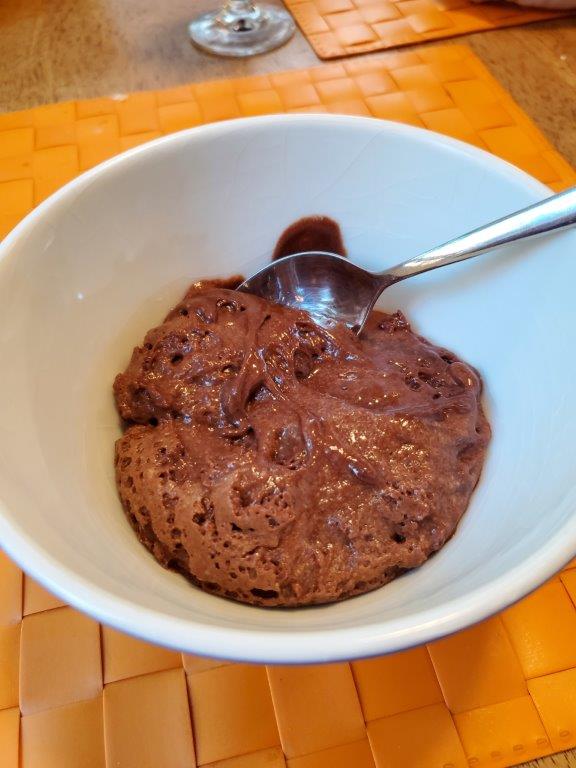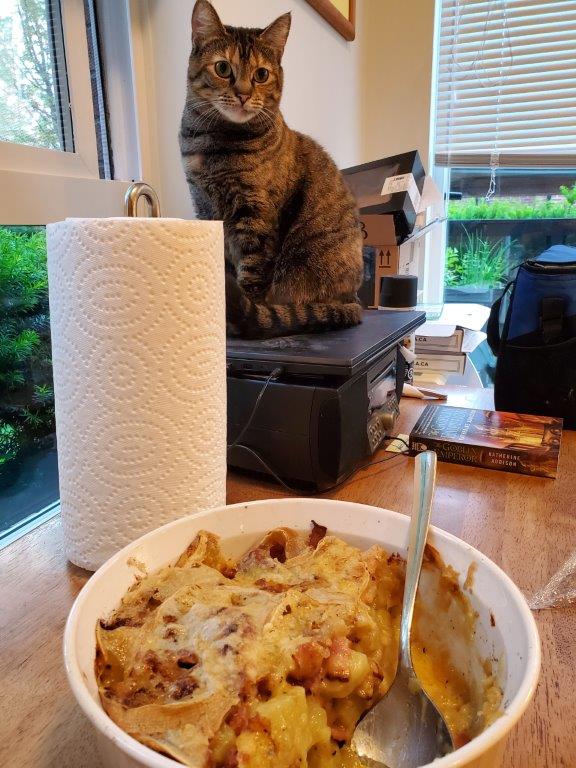I had one day in Paris, and I was determined to make the absolute most of it by…
… well, actually I was determined to just wander around and see what happened. I had a vague idea I might go to one museum recommended by a friend, but other than that, I was intentionally operating on a “vibes not plans” model.
A la “Family Circus,” here’s how that worked out: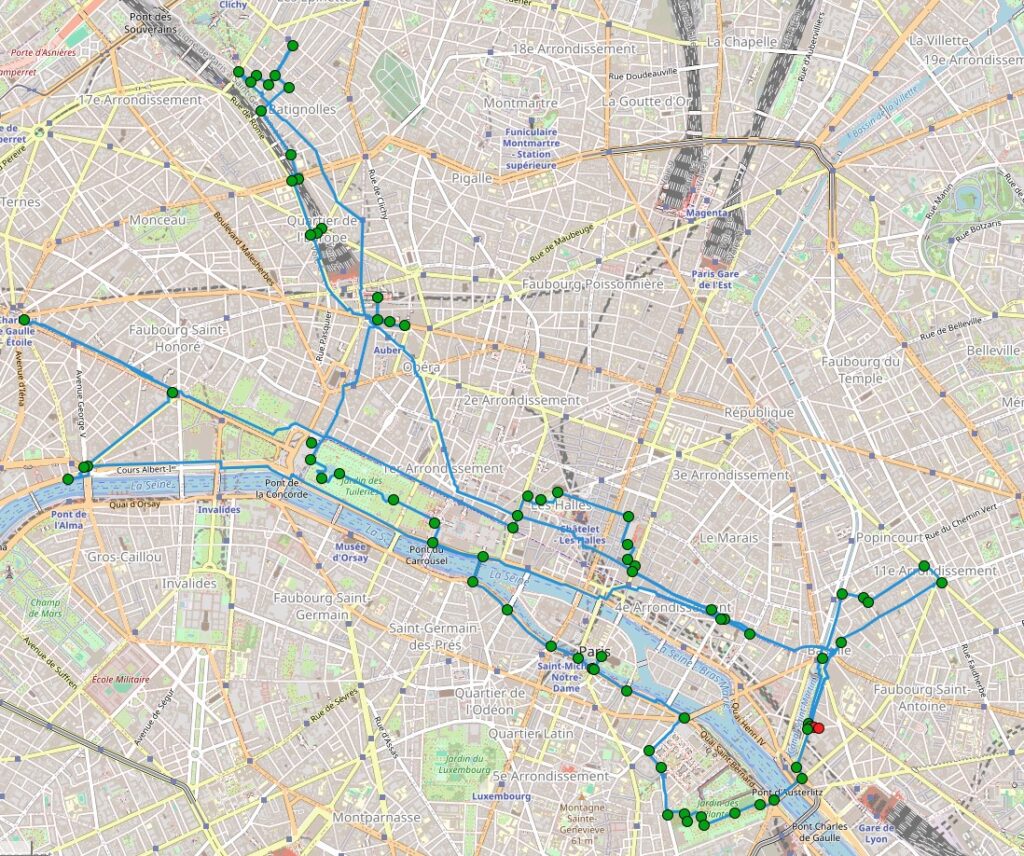
Now, this shows both travel on foot and by metro, but it also doesn’t quite get across the amount of looping around that happened. So let’s get into that.
My hotel was the red dot at lower right. I started walking and the first thing I noticed was the big green park on the map across the river. Let’s check that out, why not?
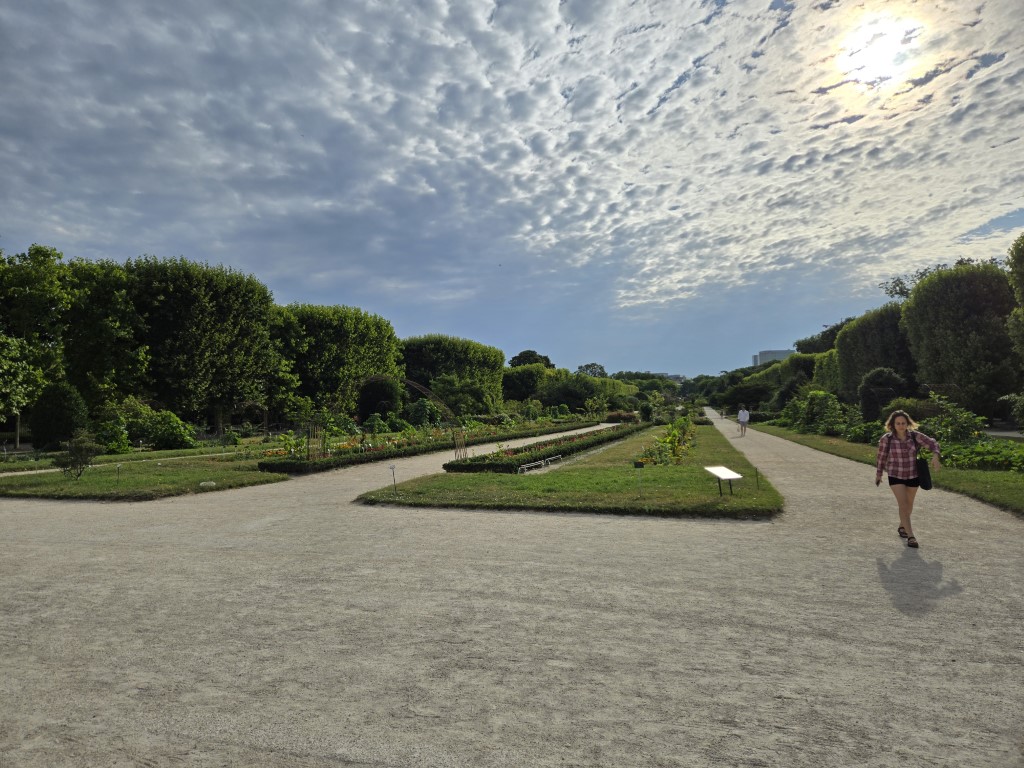
Ooh, the Jardin des Plants. Very nice. Beautiful landscaping.
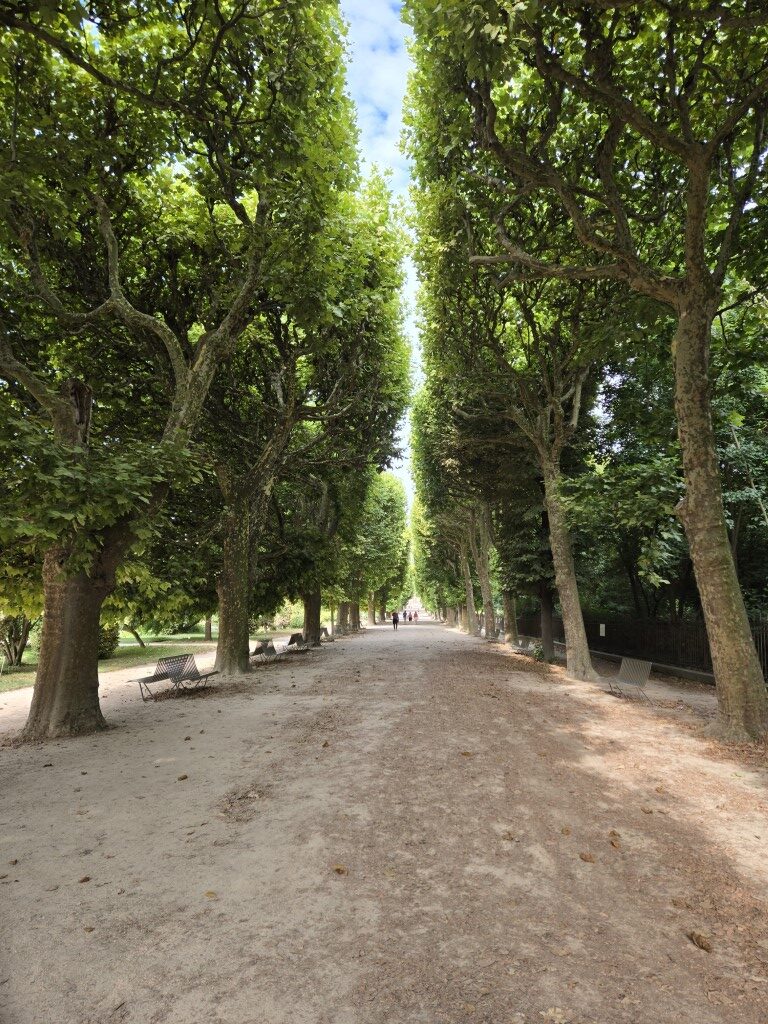
Also this person being molested by a bear.
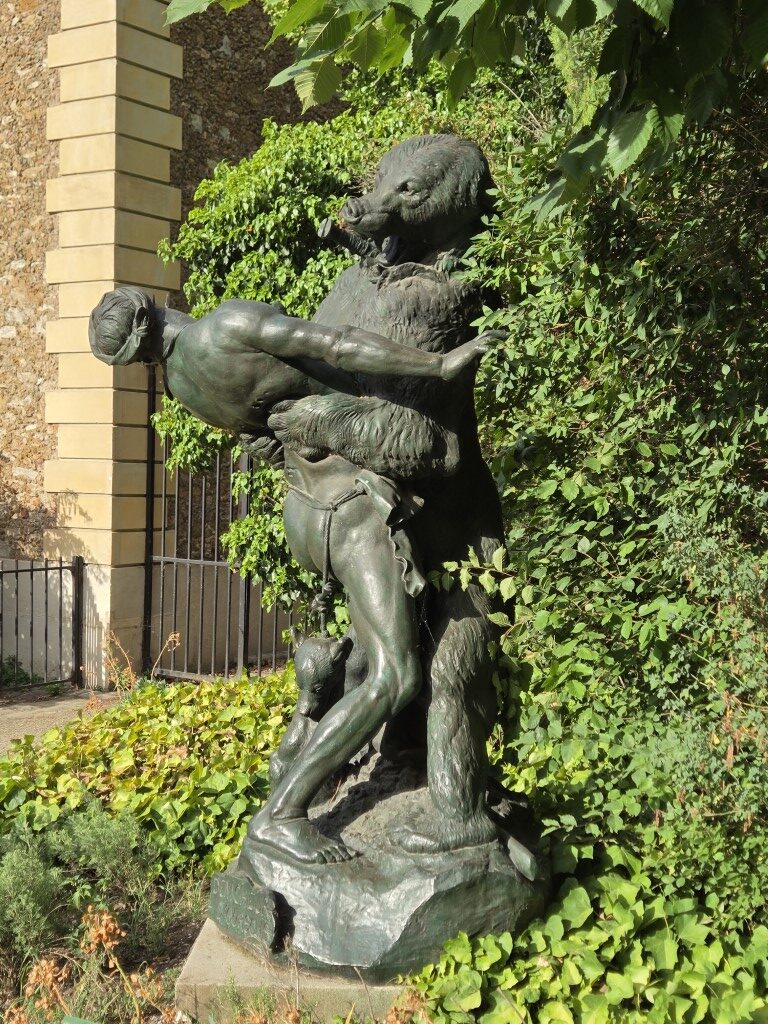
Seriously, I have no idea what’s going on here. And it wasn’t even the weirdest animal sculpture I saw that hour.
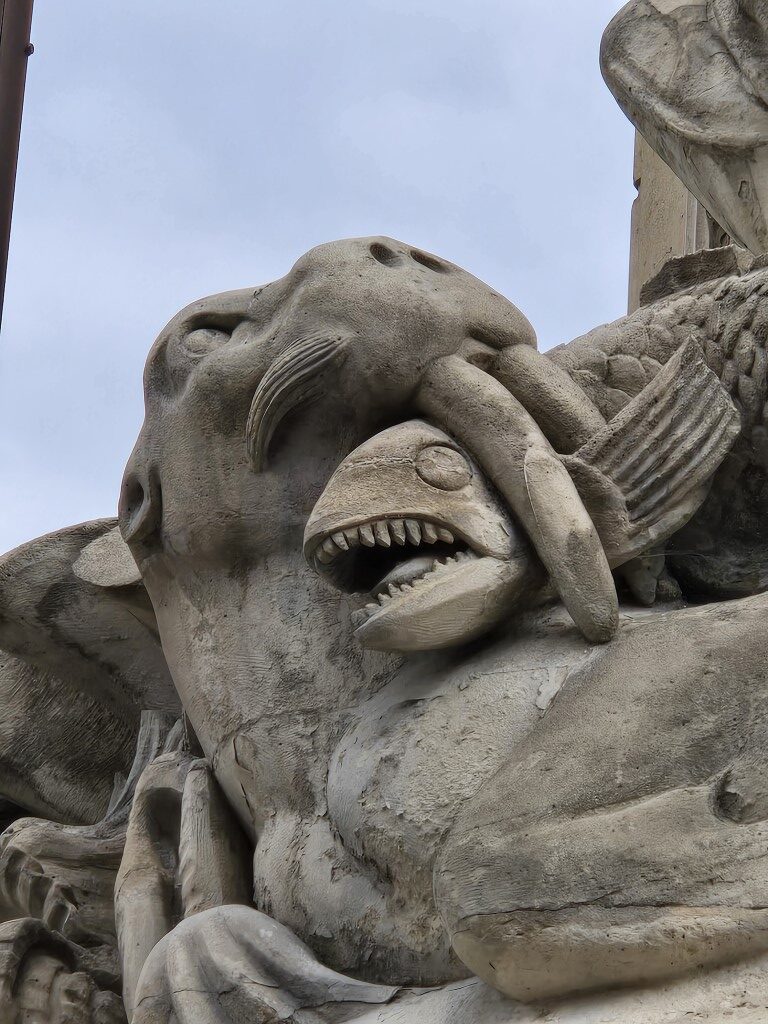
Tag yourself. I’m “derpy walrus.”
At any rate, I continued along the Left Bank until I arrived at a small parish church.
Now, I arrived at Notre Dame at about the same time in the morning I had arrived at the Hagia Sofia in Istanbul. But the crowds here were much, much, bigger.

I can’t complain too much about tourists taking photos, for obvious reasons. At least I took my pictures quickly and went back to actually LOOKING at the amazing ancient building I was standing in, rather than artfully ignoring it for the camera.

It really is phenomenal, and you can barely tell the fire ever happened.
From there I continued along the river for a bit, pausing to find a geocache, get yelled at by an Italian tourist for standing in front of something they wanted to photograph, and watch someone get engaged.
Ah, Paris.
I had no intention of actually attempting to ENTER the Louvre, but I walked past the courtyard with the pyramids, and made my way through the Tuillerie Gardens to the Musée de l’Orangerie at the far end of the gardens. This was the museum my friend had recommended as her favorite in Paris. It was specifically built to display eight enormous water lily panels by Monet.
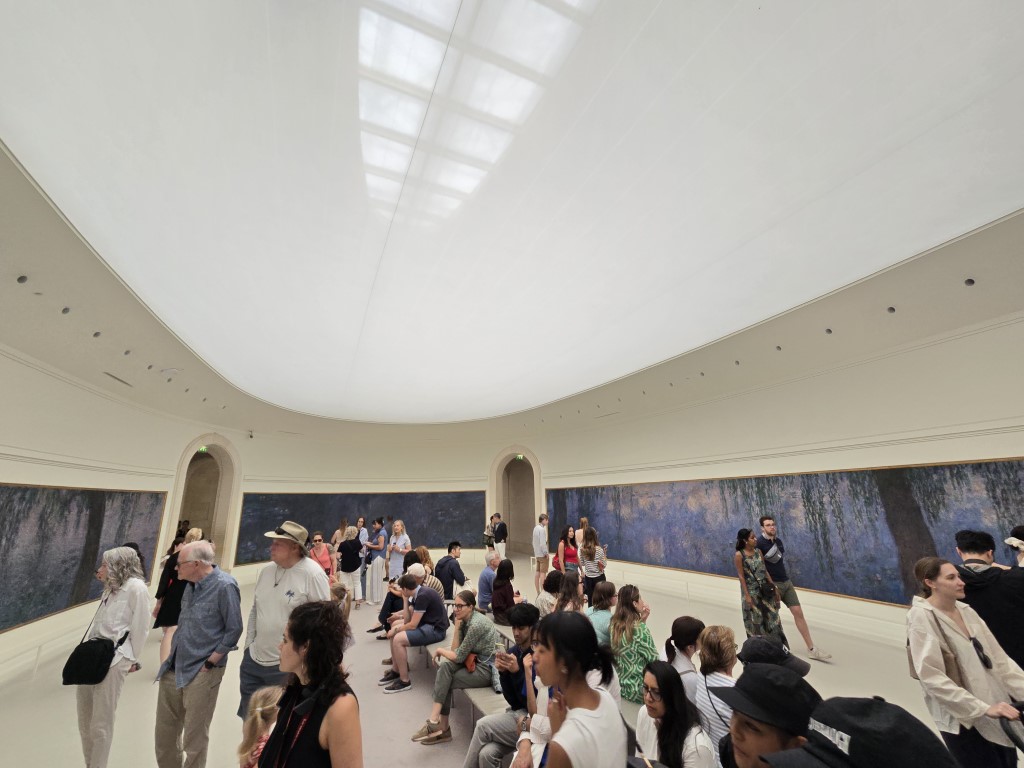
The two rooms with the panels are entirely lit by natural light, and are absolutely breathtaking. And as if that weren’t enough, there’s some good stuff downstairs too. In addition to some lovely Matisse, Picasso, and the like, I discovered two new to me artists that I want to learn more about.
And Chaim Soutine:
Good stuff.
So where to next? Time to take my first metro ride of the day, from Concorde to Saint Lazare – I thought I might go investigate a street with music stores on it. However, on arriving at the station, I decided to go find lunch. I ended up on a rooftop terrace with THIS terrible view:
And at that point, Google informed me that I had walked far enough in the wrong direction that I was better off getting back on the Metro again, this time from Havre-Caumartin to Europe.
I poked around the stores for a bit, but didn’t find anything that really jumped out at me, and luggage space was tight. Where to next? What about cheese? I had read about a cheese focused bar, why not walk up there?
(2 kilometers later)
Because they don’t open for three hours, that’s why. OK, well, failing cheese, let’s do some fancy patisserie – they have that in Paris, right? I picked a place that sounded good, and was only 80% of the way back to where I had started. To the Metro! Specifically, Point Cardinet to Saint Paul, and the Les Trois Chocolates for an amazing raspberry chocolate tart.
Let’s walk some more – haven’t walked enough yet. Headed up the Rue di Rivoli to the Centre Georges Pompidou. This is a modern art museum that, as it turns out, is just about to close for several years for renovations, and is therefore sadly uncontaminated by art.
It did have these, though:
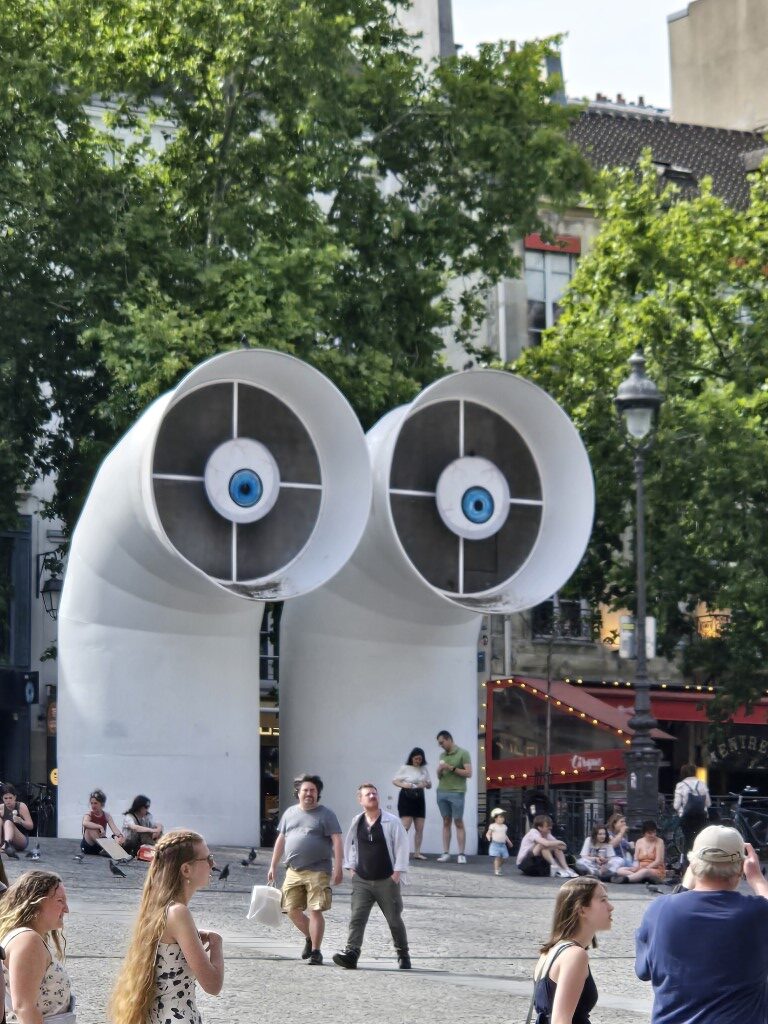
By this point, it was getting late in the afternoon, so I started looking for exhibitions that were open late. A modern art gallery called the “Bourse de Commerce?” Sounds great! And nobody likes modern art, so I’ll have the place to myself.
One more long walk later:
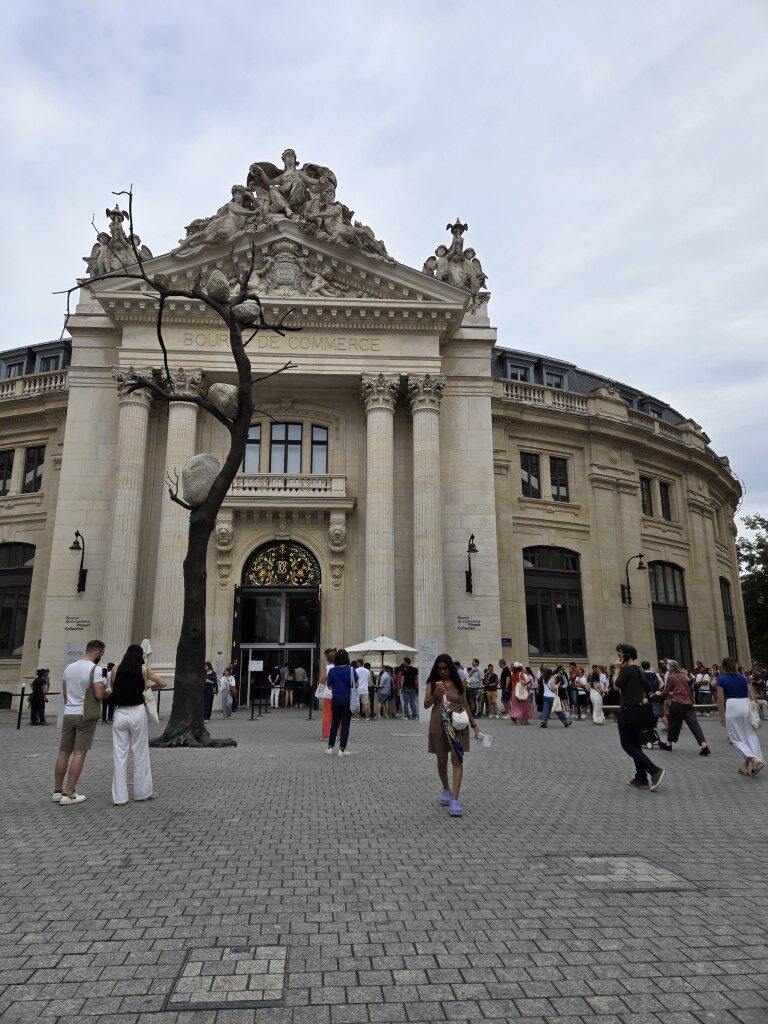
Note the line starting at the door and snaking around the building. It actually went about halfway around. Turns out the exhibit in the rotunda has repeatedly gone viral on TikTok.
How dare people appreciate art that I like?
OK, well, let’s just do some more walking then. What else is around that I could look at, and is on a street famous for being walkable?
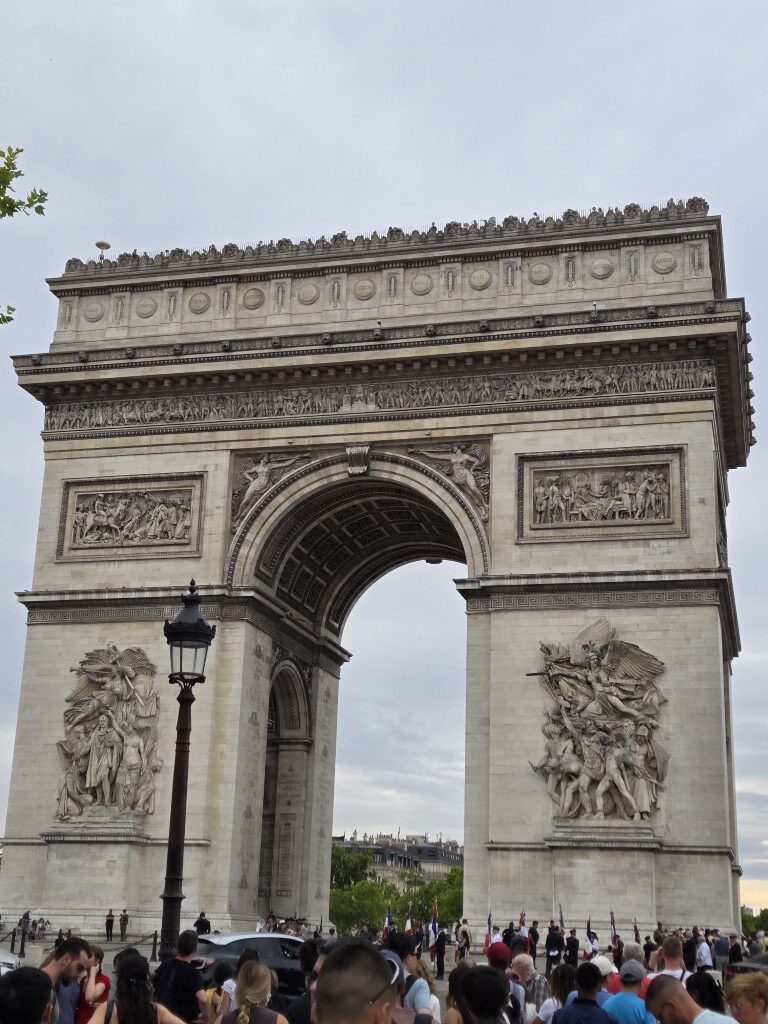
(Keeping up with my metro stops, this was Louvre-Rivoli to Charles de Gaulle Étoile Champs-Élysées.)
The Arc du Triomphe is indeed large and impressive. It’s also in the middle of a terrifying roundabout, although I didn’t see either Tom Cruise or Keanu Reeves doing actiony stuff in the middle of the road.
The Champs Elysees on the other hand is…
… well, it’s Disneyland. The road itself is nice, with the trees and the lamps, but it is wall-to-wall tourists and businesses designed to take advantage of tourists. I get it – I’m a tourist too – but at some point we’re all just there to look at each other. OK, where else can I go? Let’s turn right and head down to a draft of the statue of liberty’s torch.

There’s two other things to see at this spot. One is the road underpass behind the torch in the picture. It’s actually the spot where Dianna Spencer was killed, and there’s a lot of messages written on the wall.
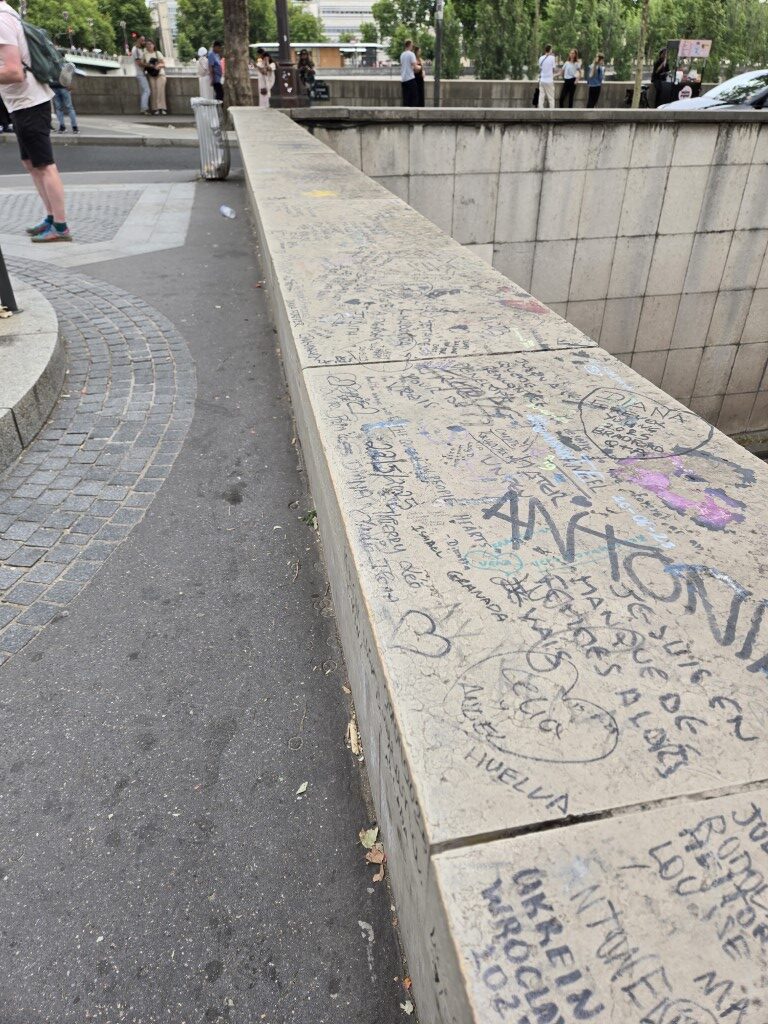
There’s also one other thing you can see from this spot that seems like it might have been vaguely interesting to spend some time on.
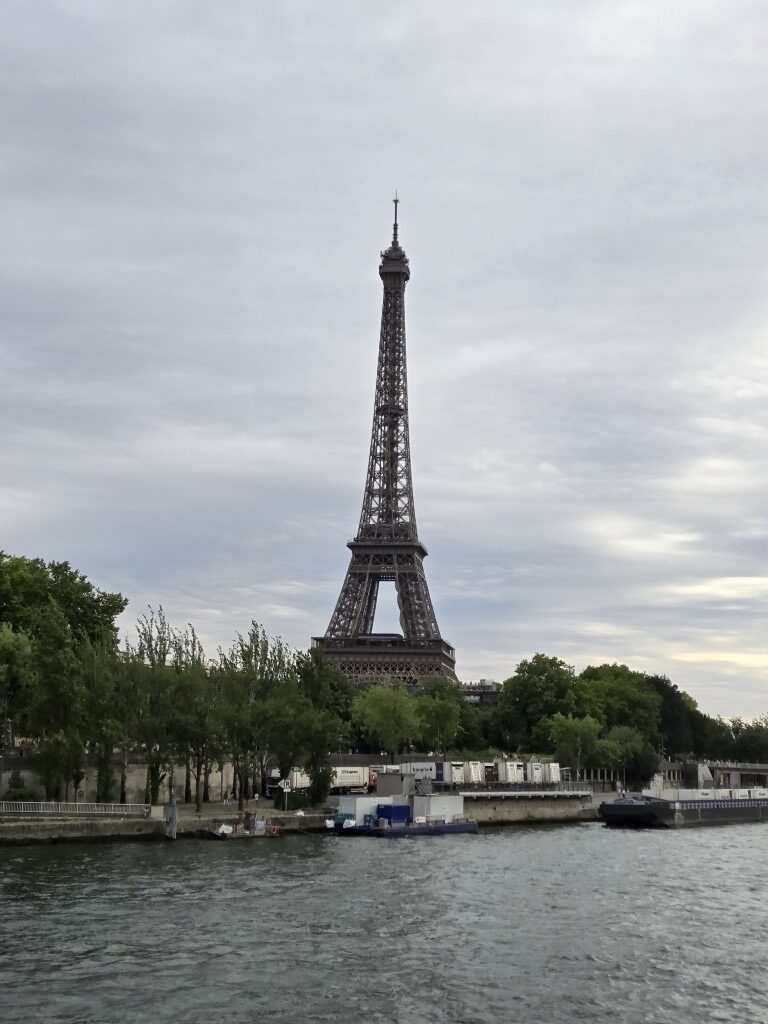
Meh – it’s just a gimmick. It won’t last. And anyway at this point I was hungry. Not wanting to go all the way back up to the cheese bar, I identified a restaurant not too far from my hotel that specialized in custom charcuterie boards. To the Metro! (Alma-Marceau to Voltaire, thank you for asking.)
Mmm… cheese. I swear I would eat Mimolette every day.
Just a bit (OK, quite a bit) more walking brought me back to my hotel, at which point I realized I had 29,200 steps for the day.
Well that won’t do. I walked back up past the National Opera to a tabac to get an iced tea, just to get the nice round number.
And that was my day in Paris!
